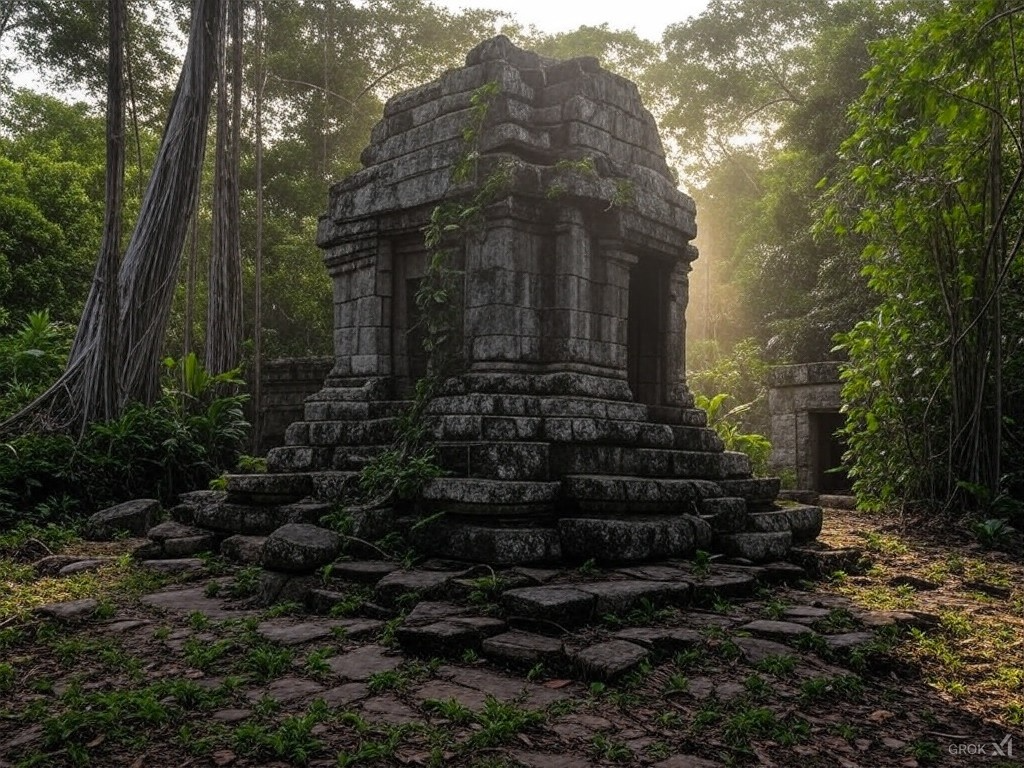Uncovering Advanced Pre-Columbian Societies
For centuries, the Amazon was thought to be largely untouched by advanced civilizations, with its dense rainforest seen as a barrier to large-scale settlements. However, recent archaeological discoveries have challenged this notion, revealing that sophisticated pre-Columbian societies thrived in the region. These civilizations constructed vast urban centers, intricate road networks, and impressive earthworks that suggest a high level of social organization and engineering prowess.
Evidence of Urban Planning and Monumental Architecture
Archaeologists have uncovered geoglyphs—large geometric patterns carved into the landscape—across the Amazon basin, particularly in Brazil and Bolivia. These formations, some dating back over 2,000 years, suggest coordinated efforts in land management and construction. The discovery of extensive, gridded settlements, such as those in the Upper Xingu region, reveals that these societies developed planned urban centers with sophisticated layouts, streets, and plazas.
Innovative Agricultural Practices
One of the most remarkable aspects of these ancient civilizations was their ability to cultivate food in the challenging rainforest environment. Instead of relying solely on slash-and-burn techniques, they developed a unique soil enrichment method known as terra preta, or “Amazonian dark earth.” This nutrient-rich soil, created by adding organic matter and charcoal, allowed for sustainable farming that could support large populations over long periods. Evidence of raised fields, irrigation systems, and agroforestry practices further underscores their agricultural ingenuity.
Cultural and Technological Legacies
The existence of these advanced societies reshapes our understanding of the Amazon's past, highlighting the cultural and technological achievements of pre-Columbian civilizations. Their methods of land management and sustainable agriculture provide valuable insights for modern conservation efforts. As ongoing research uncovers more about these lost civilizations, it becomes increasingly clear that the Amazon was once home to thriving, complex societies whose legacies continue to influence contemporary ecological and archaeological studies.
Conclusion
The lost civilizations of the Amazon challenge the long-standing perception of the region as a pristine wilderness. Instead, they reveal a history of innovation, adaptability, and complex societal structures. As archaeological work progresses, new discoveries will continue to illuminate the ingenuity of these ancient peoples, reshaping our understanding of the pre-Columbian world.







